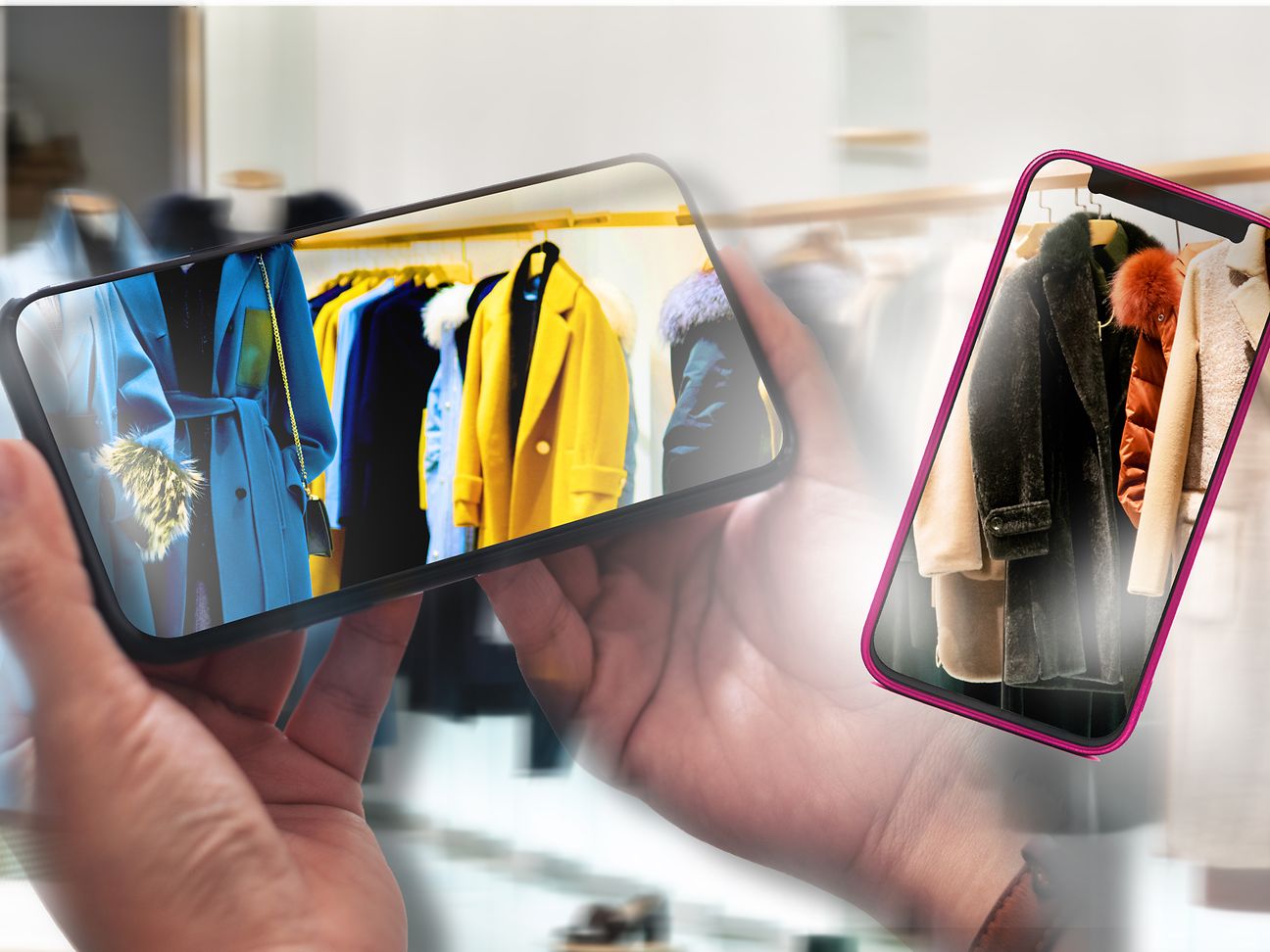

Sustainability: Supermarkets go green
Good marks for sustainability give retailers a head start over the competition, and also lasting success. Solutions from the Internet of Things help to achieve this. Five examples.
Today, every company has to face the issue of sustainability: There are a growing number of laws and regulations. The pressure of the relevant influential groups is increasing. Meeting economic, ecological and social responsibility has become an image factor. Especially when shopping, consumers look at how their brands and retailers perform in terms of sustainable management of their company. Sustainably produced products and fair-trade goods characterize the lifestyle of customers. They thus stand for their personal identity. No wonder that, compared to other sectors of the economy, particularly customers in the consumer goods market have a strong influence on companies. But showing responsibility towards the environment can also pay off. Just think of energy costs: these will undoubtedly continue to rise. Besides lighting, refrigeration and air conditioning, the supply chain is an energy waster. With networked sensors in the Internet of Things (IoT) and an evaluation of sensor data in the clearly displayed, easy-to-use cloud portal, the retail segment is becoming "greener". Also fairer. A few suggestions.
- No bad fruit in the reusable fruit bag: Regional central warehouses help the retail chains in the food sector to bundle their flows of goods. This saves them transport costs. Stocks remain lean - and fresh. When sensitive food is on the move, networked trackers indicate any poor quality. They signal if an unexpected vibration occurs or the temperature inside the container changes. Damaged apples and defrosted fish do not even go to the store. This saves unnecessary delivery trips.
- No half-empty return trips: Customer complaints such as defective electrical appliances are returned to the manufacturer. If the truck comes to the dealer at fixed intervals, the container with the returns overflows on some days. On other days, the truck returns to the manufacturer half-empty. At both the retailer and the manufacturer, it blocks the loading ramp. It makes the traffic jam longer and wastes fuel. With the IoT Service Button as the "please pick up button" the pick up process is started automatically and efficiently exactly when it is needed. The button for 1001 services sends a message to a Telekom platform on the Internet of Things. This notifies the stored addressee by SMS or e-mail. In parallel, it sends a reply to the digital button.
The button also functions as a "maintenance button": It calls the service technician to repair or maintain the refrigerated counters. That way, the refrigerated counter closes optimally and does not cool down the whole shop. - Deliver when the street is quiet: Delivery companies can only deliver at such times when the dealer's staff keeps the warehouse open. With a digital key, the supplier can also deliver to the warehouse outside business hours. He receives individual, time-limited authorizations for access to certain spaces on his smartphone. This enables him to automatically open doors to the parts of the building relevant to him. In this way, the supplier can deliver at different times during the day and at night. He avoids the dense traffic, gets ahead faster and saves fuel.
- Save electricity costs in the connected store: A supermarket needs electricity non-stop: staff hold the cash register, refill goods from the warehouse and check the reverse vending machine. The warehouse is lit up to the last corner and the refrigerated display case is opened and closed. But the store manager has everything in view - on his mobile device: The Cloud of Things platform consolidates the data of all networked devices such as the cash register, refrigerated display case and storage shelf. The store management platform brings together all the data in a clearly structured way. If there is a need for action, as in the case of a defective refrigerated display case, the responsible person can immediately trigger the necessary actions on his mobile device. The system automatically documents the complete process steps so that the data is immediately available for reporting. And can be used later to improve the processes.
- Convincing with guaranteed fair products: Has a product really been produced under fair conditions? Where and by whom was it put into circulation? With the use of blockchain technology, such questions can be clearly answered and proven for consumers. The technology allows to assign a digital footprint to products, which is stored in the block chain resisting fraud. The corresponding data records are stored decentrally distributed over the network of all parties involved in the block chain. This works simply by means of a unique physical feature such as an RFID chip or a QR code. Either on the product itself or on the packaging. Products gain additional credibility through the sum of the proofs that are stored in the block chain in a fraud-proof manner. Customers can thus trace the history of a product seamlessly from the production of the individual parts to the sale.
Gaining the trust of customers
Retailers voluntarily report on their sustainability measures. They are not subject to any obligation. In their own interest, they should "make noise": it is worth it. Those who can implement the requirements of sustainability economically in appropriate products and processes will gain the trust of customers. They have a good chance of long-term success: many customers are prepared to pay more for sustainable products and responsible corporate action.
Special Smart retail
Digital stores: success strategies in retail


